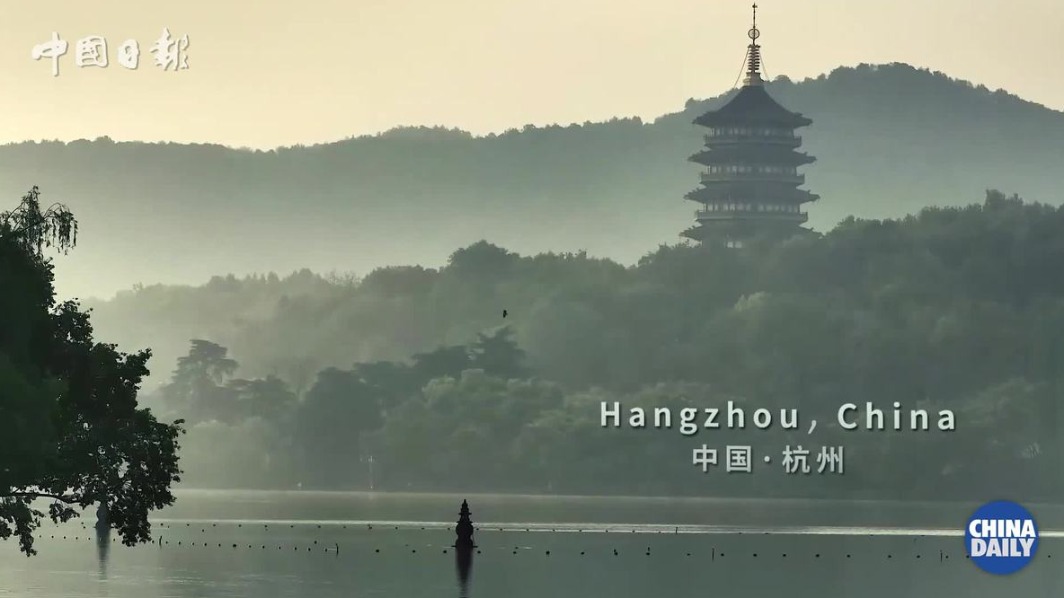National Wetland Museum reopens with expanded exhibits in E China's Hangzhou
The National Wetland Museum of China in Hangzhou, Zhejiang Province, reopened recently after a six-month renovation, inviting visitors to explore its expanded exhibition space and upgraded exhibits.

The National Wetland Museum of China unveils its fresh appearance as it reopens on April 27, 2024. (People's Daily Online/Fang Pengyimeng)
Coinciding with the museum's 15th anniversary, the renovation has transformed the exhibition area, increasing it from 7,800 square meters to 8,500 square meters, resulting in a more spacious and well-organized layout.
The revamped exhibition space features several halls. On the first floor, the "Enter the Wetland" hall serves as an introduction to wetlands, acquainting visitors with their definition, diversity, functions, and global distribution. The hall provides an initial understanding of these crucial ecosystems, setting the stage for the rest of the museum's exhibits.
The "Wetland Wonders" hall, also on the first floor, displays the natural landscapes and biodiversity of various wetland types found in China, including marshes, rivers, lakes, coasts, and artificial wetland ecosystems, showcasing the diverse flora and fauna that inhabit these wetlands.
The hall features a wide variety of animal and plant specimens and includes a live reptile and amphibian display area.
On the museum's second floor, an exhibition hall showcases Hangzhou's Xixi Wetland, highlighting its natural landscapes and cultural features. Visitors can learn about the history and current status of ongoing conservation works and appreciate the unique charm of these urban wetlands.
The museum's basement floor houses a digital exhibition hall that immerses visitors in a 360-degree interactive digital display, enabling them to gain a deeper understanding of wetlands from various perspectives.
The hall features a 32.5-meter-long 180-degree panoramic projection screen, creating a futuristic ambiance. Viewers can watch a film titled "Realm of Life," which explores the connection between wetlands and civilizations.
On the other side of the panoramic screen, a large-scale art installation comprised of 270 QR codes invites visitors to interact. Each QR code represents an extinct or endangered species, which viewers can scan with their phones to access information about these species.
-
'Nice' to meet you, Hangzhou
May 6, 2024



